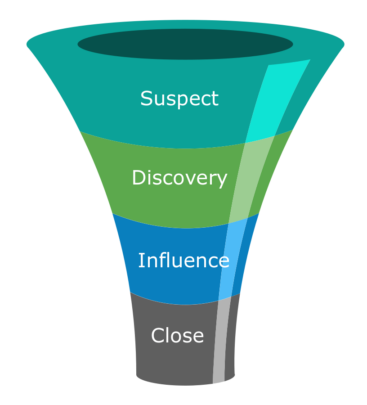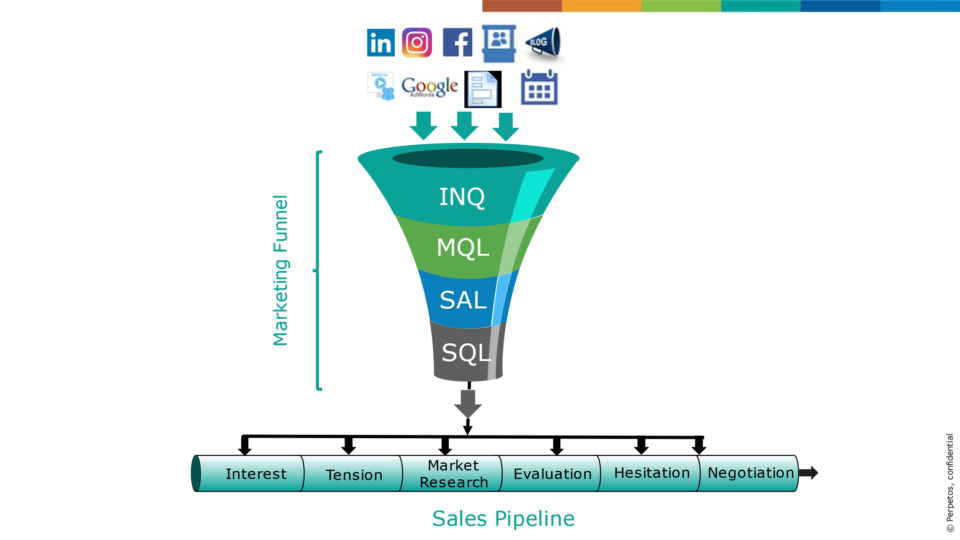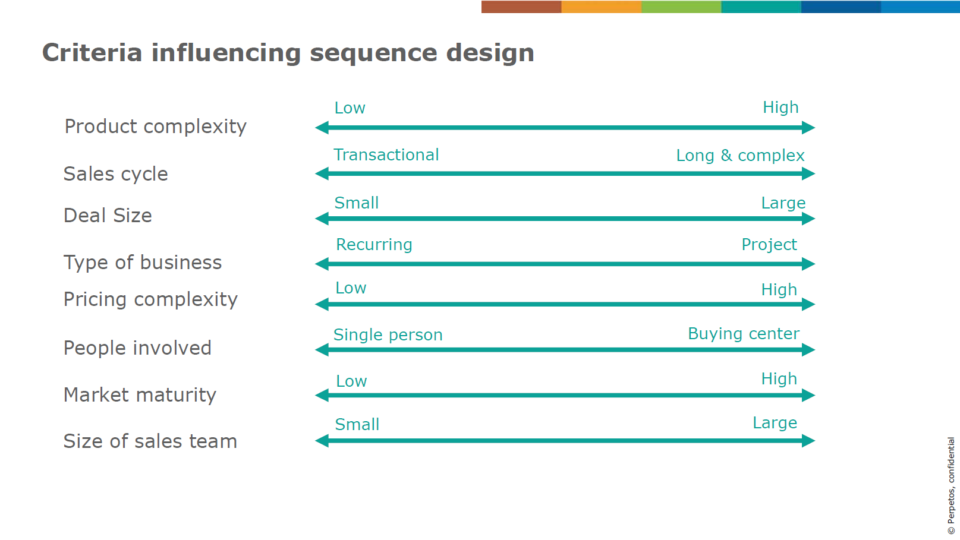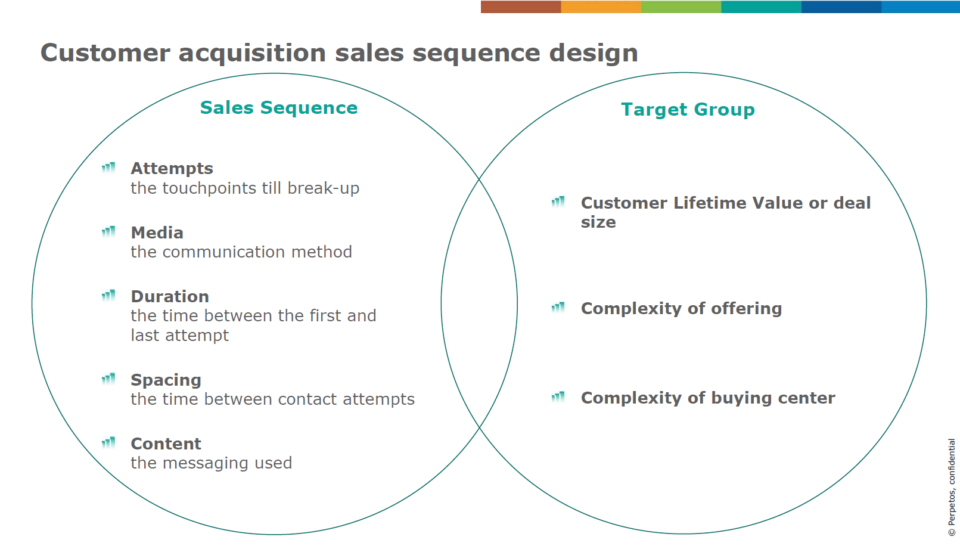Companies invest a lot of money in developing content that supports sales, but often see no return on their investment. The reason for this is that the sales organization does not use the developed content, or isn’t using it enough. So what’s going on?
The impact of content usage and, by extension, sales enablement has been demonstrated many times before. According to figures from Miller Heiman Group in 2019, organizations without sales enablement achieve average win rates of 42.5%, while organizations with sales enablement achieve an average win rate of 49.0%, a huge 15.3% increase.
Sales content is not marketing content
Content plays a crucial role in different phases of the buying cycle. It can accelerate the sales process and significantly reduce sales costs. But what exactly do we mean by sales content?

Content for:
- onboarding when launching new products or services
- important announcements with regard to the sales strategy
- preparing for customer contact moments
- during the contact moment
- follow-up after the contact moment
- training and coaching salespeople
Apparently, it turns out that salespeople don’t find enough of this kind of content in the materials produced by marketing departments. The reason for this comes from the purpose that marketing content serves, i.e. to influence the market based on its own strengths, and to lead as many interested parties as possible through the famous marketing funnel, with little variation in the message – ‘one-to-many communication’ – as quickly as possible, from awareness to buying intent.
Content that is developed for this purpose has some specific characteristics:
- the customer searches for and discovers the content under their own initiative (inbound marketing)
- the content reaches the customer online or via an automated process (outbound marketing)
- the effectiveness of the content is measured using KPIs such as clicks, reading time or number of shares
- the ultimate goal of the content is to generate Marketing Qualified Leads (MQL)
From funnel to unique journey
Many organizations still believe the MQL simply needs handing over to the salesperson who then just has an easy tap-in to score the goal. The customer has already passed through the entire marketing funnel, so all sales has to do is cash in on the marketing effort.
But this belief is – of course – misguided. The idea that a customer will dutifully go through a content funnel, and immediately be willing to buy at the end of that journey, is not the case in practice. Content is consumed for various reasons in this marketing funnel, and there are sure to be interested parties for your product, but people also download your ebook out of curiosity, or scroll through your website, to ultimately discover it’s not what they’re looking for. So who says your MQL has the required budget, or can make a decision or even influence it?
The marketing funnel in no way helps to predict the customer’s buying intent or willingness to buy. And it tells us little about which phase in the buying journey the customer finds themselves. The buying journey is therefore anything but linear, and it’s unique for each customer. When the salesperson starts working with an MQL, they always intervene at a different moment in the buying journey. And that requires specific content.

Sales content that works
It’s impossible for the marketing content mentioned above to satisfy the non-linear need. After all, marketing content is fundamentally different from sales content. The latter needs to support a salesperson before, during and after sales conversations. The customer does not consume it directly; they access it through personal interaction with the salesperson.
To increase the use of content in sales and so improve sales productivity, make sure your sales content has these characteristics:
- Snackable: short and powerful, simple to use and easy to understand
- Accessible and quickly findable, so salespeople can spend more time selling and less time searching for content
- Adapted to the customer’s mental stage in the buying journey
- Interactive: inviting participation and interaction
- Just in time: supportive for the salesperson in every phase – from preparing for the customer conversation, to interactions with the customer, and in the follow-up process
- Focused on action: usable, helpful and encouraging action.
Are you ready to get to work on your sales content strategy? Let us know!



 Pascal Persyn
Pascal Persyn

